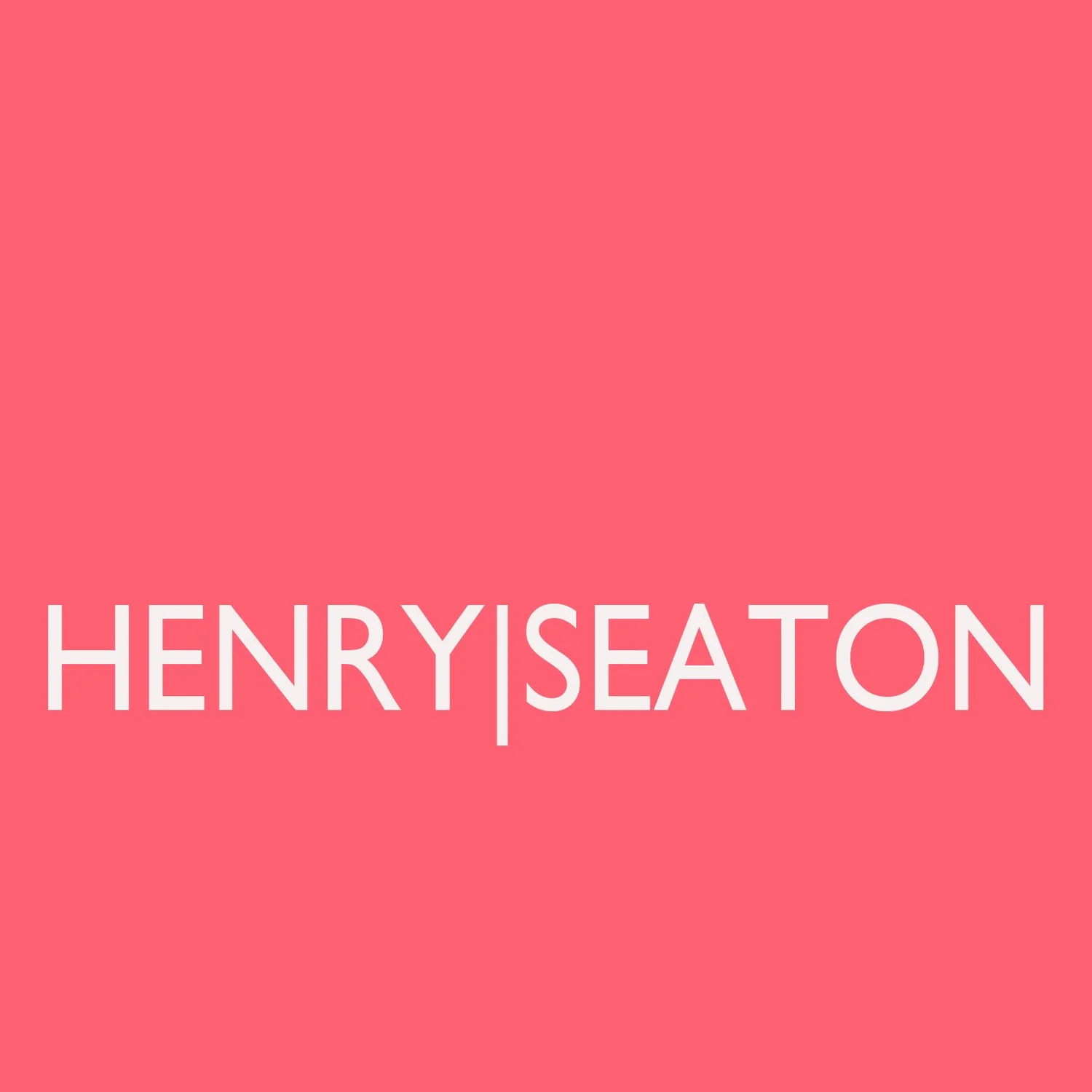the ‘model’ is the object and the object is the photograph
As a context to the research project and practice we need to reference the turning points of the use of photography as a factor within the development of conceptual and site-specific practices. Since the conceptual art of the late 60s, photographic documentation was employed to translate artworks expressing concepts relating to language, objects, events and performance, the resulting photographs became the principal work.
Robert Rauschenberg began to incorporate photographic images into the language of paintings via silk screen printing, bringing news media and political references with images from popular culture.Bernd & Hilla Becher (b. 1931 and 1934), Jan Dibbets (b.1941) and Victor Burgin (b.1941) began to use the medium of photography in such a way that it could relay, and express conceptual ideas of representation previously only explored through painting and sculpture.
Artists such as Bruce Nauman, Joseph Kosuth, Ed Ruscha, all used photography to great effect which defined a recognised and distinctive use of photography as post aesthetic means of expression and communication. see One and Three Tables by Kosuth 1965.
The following artists suggest differing approaches and have developed aspects of their practice which incorporate the mediation between a sculptural/conceptual element with the use of photography. They becomes a means to transpose or make translations, between object and image. (Hamil/Luke, eds. 2017) or in the case of Robert Morris (who expressed an ambivalence towards photography) the photograph has emerged, paradoxically as the ‘evidence’ or transcript of the sculptural object and of its act. (Green, 2010)
Works by artists such as Thomas Demand, James Casebere, and others incorporate constructed photography or a constructed space which originate through a sculptural production or modelling of objects and scenes. There is an idea that sculpture is somehow subsumed or digested by the photograph (Trodd, 2010, p140)In the work of Thomas Demand we see photographs that become the product of a sculptural process that takes reference from pre-existing photographic images. Replicas of objects and sites of location are constructed from paper in the form of studio models, the 1:1 scale models allegorise, yet alienate the site or referent object. I consider Demand’s work of importance in the sense that in the manifestation of the final product, the original source material (in Demand’s case a contextually specific photograph) becomes diffused or deflected by a form of duplication. In other words the physically constructed scene or tableau, in turn becomes a photographic product.
‘The clearest sense in which there is no outside in Demand’s work is that it abandons the reference to the external world which supplied the sustaining support and rationale for most 20th century practices of photography finding its reference point instead in the relatively more internal world all compositional reference to other pictures images which appear to reference real things photographed in the external world real kitchens real bathrooms real interiors and so on are in fact photographs of studio built interior sets and their reference point is really to other photographs thus and embeddedness in the external world which was one of the things taken as most fundamental to photography 20th century histories is precisely what demands work appears to have abandoned’. (Trodd 2010, 139)
So, Demand’s photographs are complex and exist in a space between sculpture and photography…..the ‘model’ is the object and the object is the photograph. The sense of what is real/unreal is deflected or diffused. It originates with a process of creating a simulation of the world from photographs of real scenes, this process has been described by Tamara Trodd (2010) as being… ‘a practice in which the sculptural object is created by being externalised from the inside of a photograph and then is re- adjusted or made to disappear again repeatedly systematically inside the image’
This also relates to the idea of a reality being constructed, within a constructed space or ‘set’, which then delineates the world of fiction from non-fiction e.g., real or imaginary space (Morgan, 2006, p.39) Morgan asks us to question, in the context of the film set, how we differentiate between a constructed reality, and everyday reality, if there is such a thing?
graham seaton
